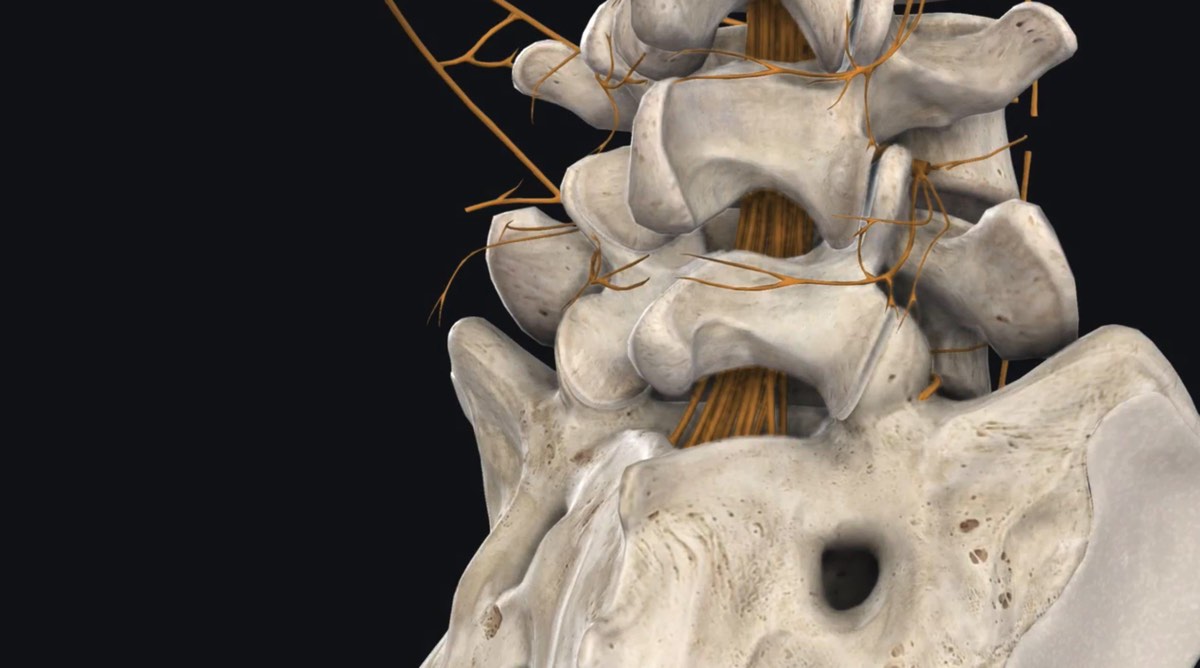Deaths after back surgery often related to analgesics
Reuters Health • The Doctor's Channel Daily Newscast
The results indicate that the risk of such deaths is particularly high in young and middle-aged workers with degenerative disc disease.
To examine complications after lumbar fusion surgery, lead author Dr. Sham Maghout Juratli, from the University of Washington, Seattle, and colleagues analyzed workers’ compensation claims filed by lumbar fusion patients in Washington State from 1994 to 2001. Washington State vital statistics records were used to assess mortality through 2004.
Data from 2378 patients were included in the analysis. The mortality rate at 90 days was 0.29%, the authors note. Over 3 years, 103 patients died, for a 3-year cumulative mortality rate of 1.93%, the researchers report.
Repeat fusions were found to predict perioperative mortality.
After adjusting for age and gender, 3.1 deaths occurred per 1000 worker-years.
There were 22 analgesic-associated deaths (19 accidental poisonings, 3 suicides). These accounted for 21% of all deaths and in 31.4% of all potential life lost.
Use of cage devices for fusion and the presence of degenerative disc disease were both risk factors for analgesic-related death. In subjects between 45 and 54 years of age, degenerative disc disease increased the odds of analgesic-related death by 7.45-fold (p = 0.01).
“The most important finding of this study was that analgesic-related deaths, both suicidal and accidental, claimed the highest potential life lost (31.4%), more than heart disease (9.2%), cancer (9.1%), and liver disease (5.1%), combined,” the investigators conclude.
Reference:
Spine 2009;34.









